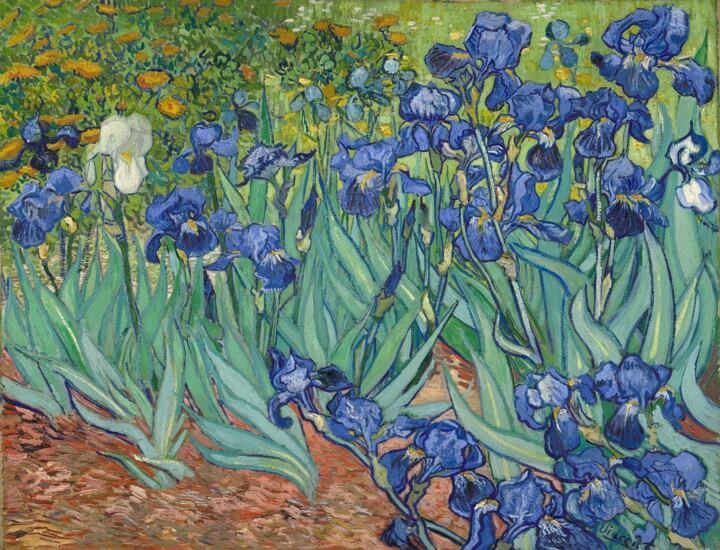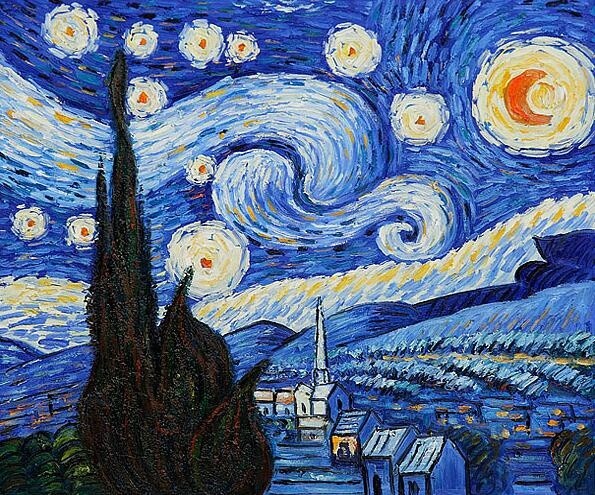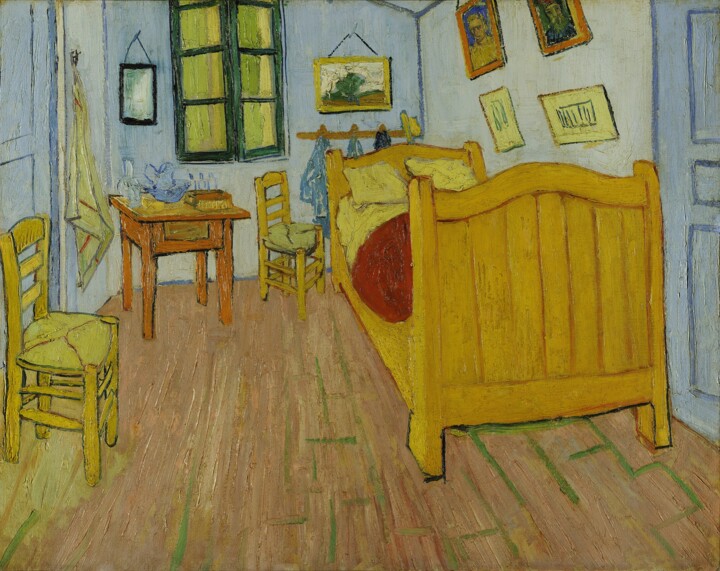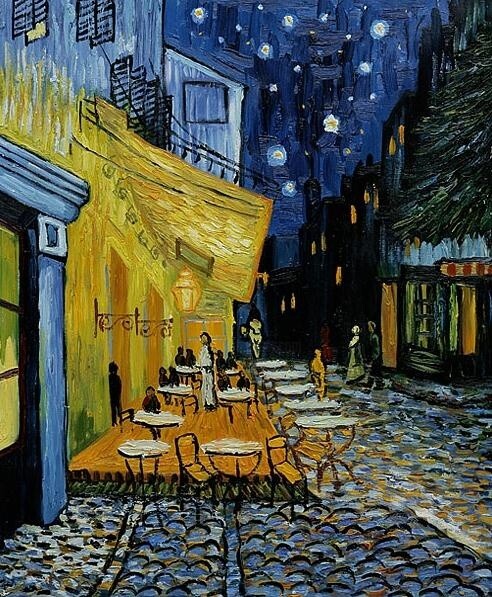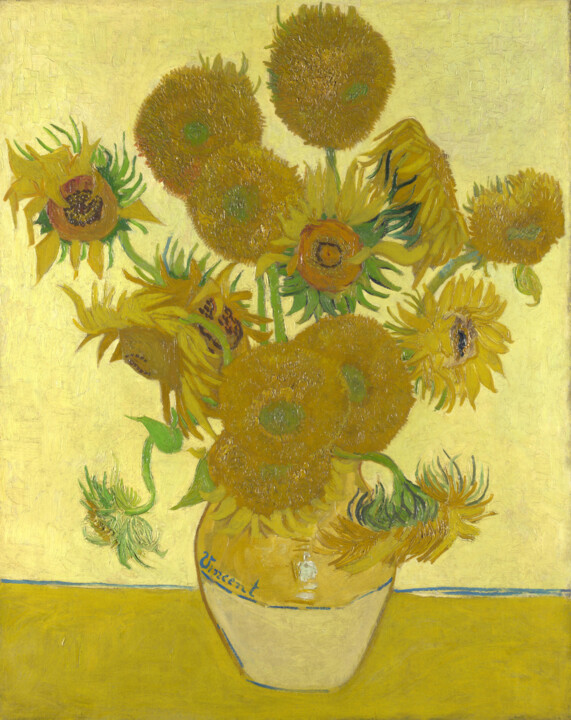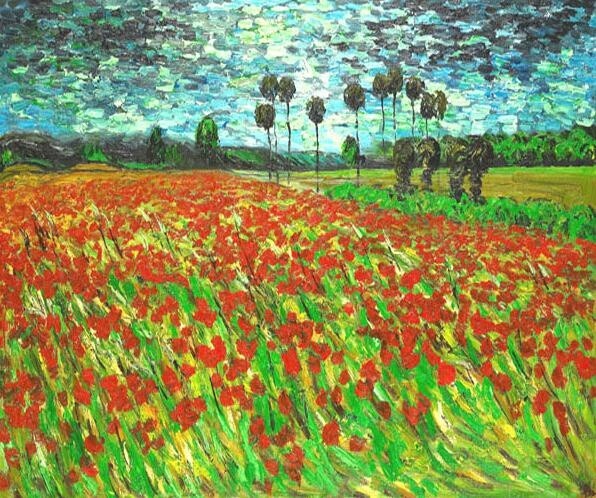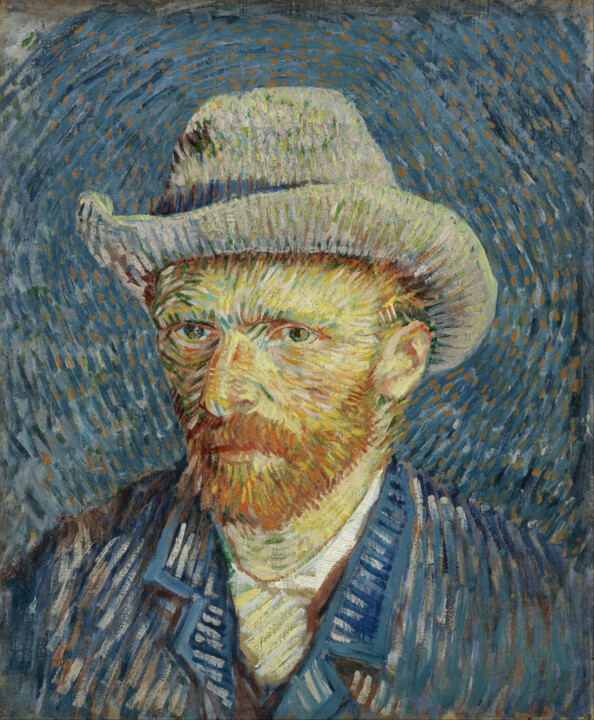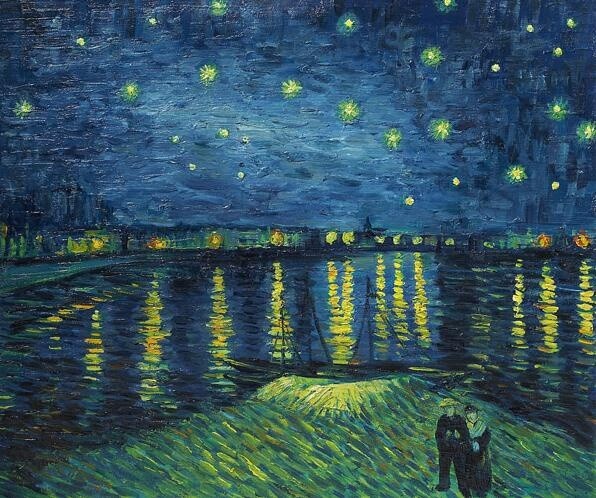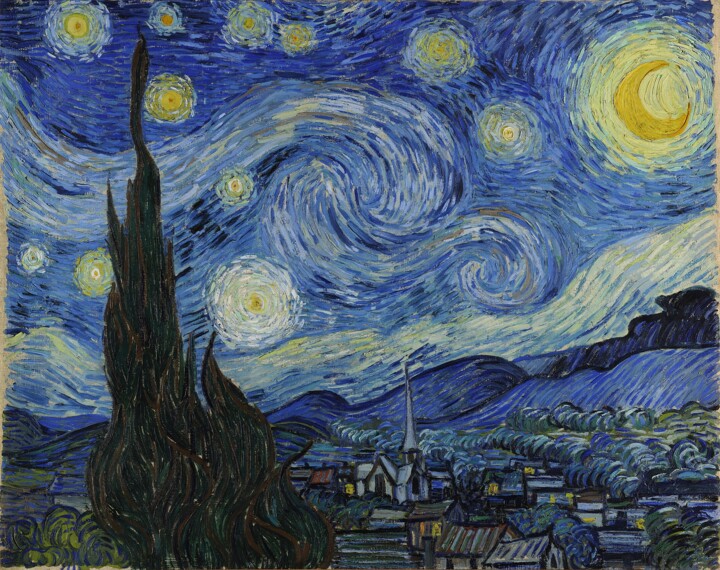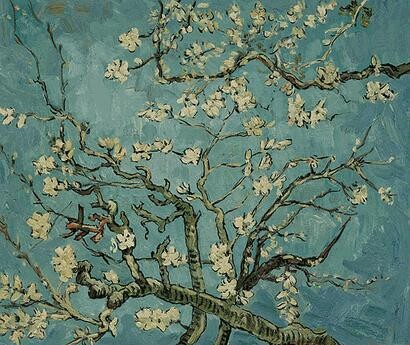The Musée d'Orsay in Paris is currently shining a spotlight on the last two months of Vincent van Gogh's life, marking the 170th anniversary of his birth. In collaboration with the Van Gogh Museum in Amsterdam, the exhibition titled "Van Gogh in Auvers-sur-Oise: The Final Months" (running until February 4, 2024) brings together 48 of the 74 paintings and 25 of the 33 drawings that the Post-Impressionist artist created between May 20, 1890, when he relocated to Auvers-sur-Oise, and his tragic death on July 29.
Van Gogh moved to Auvers-sur-Oise, a serene commune approximately 20 miles northwest of Paris, to be closer to his brother and art dealer Theo, his infant nephew Vincent Willem, and to seek treatment from Dr. Paul Gachet.
The initial gallery in the Orsay exhibition highlights Dr. Gachet, who had made a career out of treating melancholia, a subject of his expertise, and counted artists like Paul Cézanne, Armand Guillaumin, and Camille Pissarro among his patients. Gachet considered van Gogh both a patient and a friend, often inviting the artist over for Sunday lunches. The exhibition features van Gogh's portraits of Gachet, including the renowned 1890 painting donated to the Musée d'Orsay in 1949, as well as van Gogh's only etching, a medium provided by Gachet.
The exhibition is divided into six thematic sections, such as "'Auvers is seriously beautiful...'" and "The modern portraiture." It includes village scenes, still life compositions of flowers, experimental portraits featuring unique weave patterns, tone-on-tone paintings, a series of intriguing double-sided sketches, letters from Van Gogh (including one he never sent), and 11 of the 12 double square landscapes (1 meter by 50 centimeters, around 3 feet 3 inches by 1 foot 8 inches) that were among van Gogh's final artistic fascinations before his untimely demise.
One of the most iconic works on display is "Wheatfield with Crows" (1890), which had not left Amsterdam in nearly a century. This dynamic composition, characterized by bold, visible brushstrokes, depicts ominous crows fluttering against a stormy sky, often interpreted as an expression of the artist's awareness of his impending end. However, another notable piece is "Tree Roots" (1890), believed to have been completed just hours before van Gogh tragically shot himself in the chest. This seemingly abstract painting, with its hurried and almost unfinished appearance, portrays a colorful tangle of roots and tree trunks, representing the mighty force of nature.
The topic of van Gogh's death, which has been a subject of much speculation, is not extensively addressed within the exhibition itself but is covered in the accompanying catalogue. The curators chose not to delve into the controversies surrounding his death and instead focused on the silence of his final creative months. However, an essay titled "A Short Biography of Unbearable Suffering: Van Gogh's Self-Chosen End" explores the motivations behind his tragic act.
The exhibition further explores van Gogh's relationship with Dr. Gachet by including the palette that Gachet lent to van Gogh on June 27. This palette was used by van Gogh to complete a portrait of Gachet's daughter Marguerite playing the piano while dressed in white against a background of red-spotted green. As part of their effort to incorporate digitally-focused programming for exhibitions, the Musée d'Orsay has commissioned a 10-minute VR experience by Agnès Molia and Gordon, allowing visitors to explore the details and colors of this historically significant object.
In contrast to popular immersive experiences, the organizers chose to focus on van Gogh's palette to preserve the integrity of his artworks. Visitors are greeted with a unique experience as they enter a recreation of Gachet's interior, where Marguerite's voice invites them to explore. A color-laden piece of wood begins to levitate towards the visitor, altering the perspective and transforming the palette into a landscape, with the user becoming a Lilliputian confronted with hill-sized impastos.
Much like the paint-splattered palette, van Gogh's final paintings are bursting with vibrant colors. "Jardin à Auvers-sur-Oise" (1890), depicting a green-dominated view of Charles-François Daubigny's garden, showcases van Gogh's mastery of various techniques, from clusters of dots to loose and tightly-packed brushstrokes, creating a painting that still pulses with life. The emphasis of the exhibition is on highlighting the materiality and thickness of van Gogh's works, reaffirming his enduring association with color.

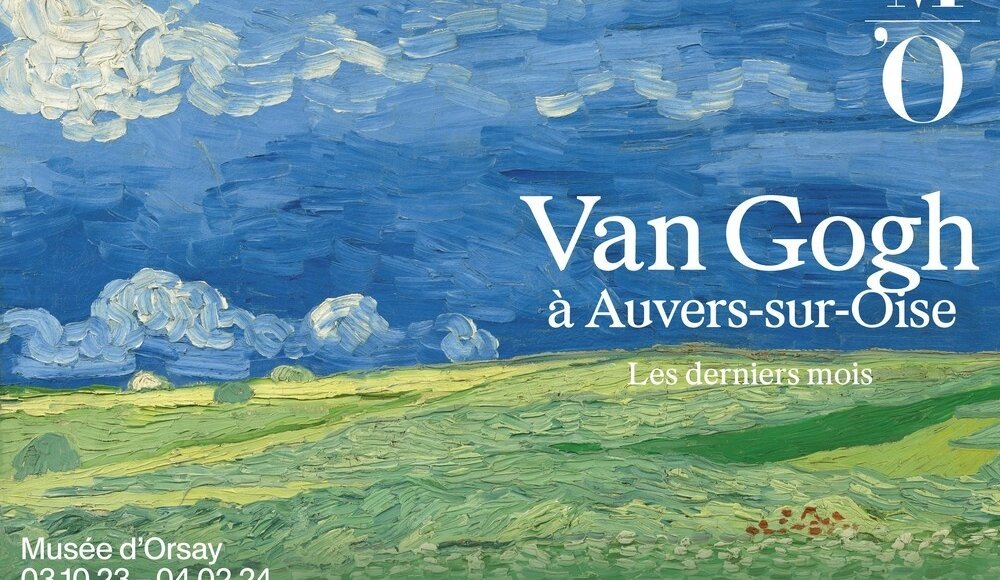
 Jean Dubreil
Jean Dubreil

